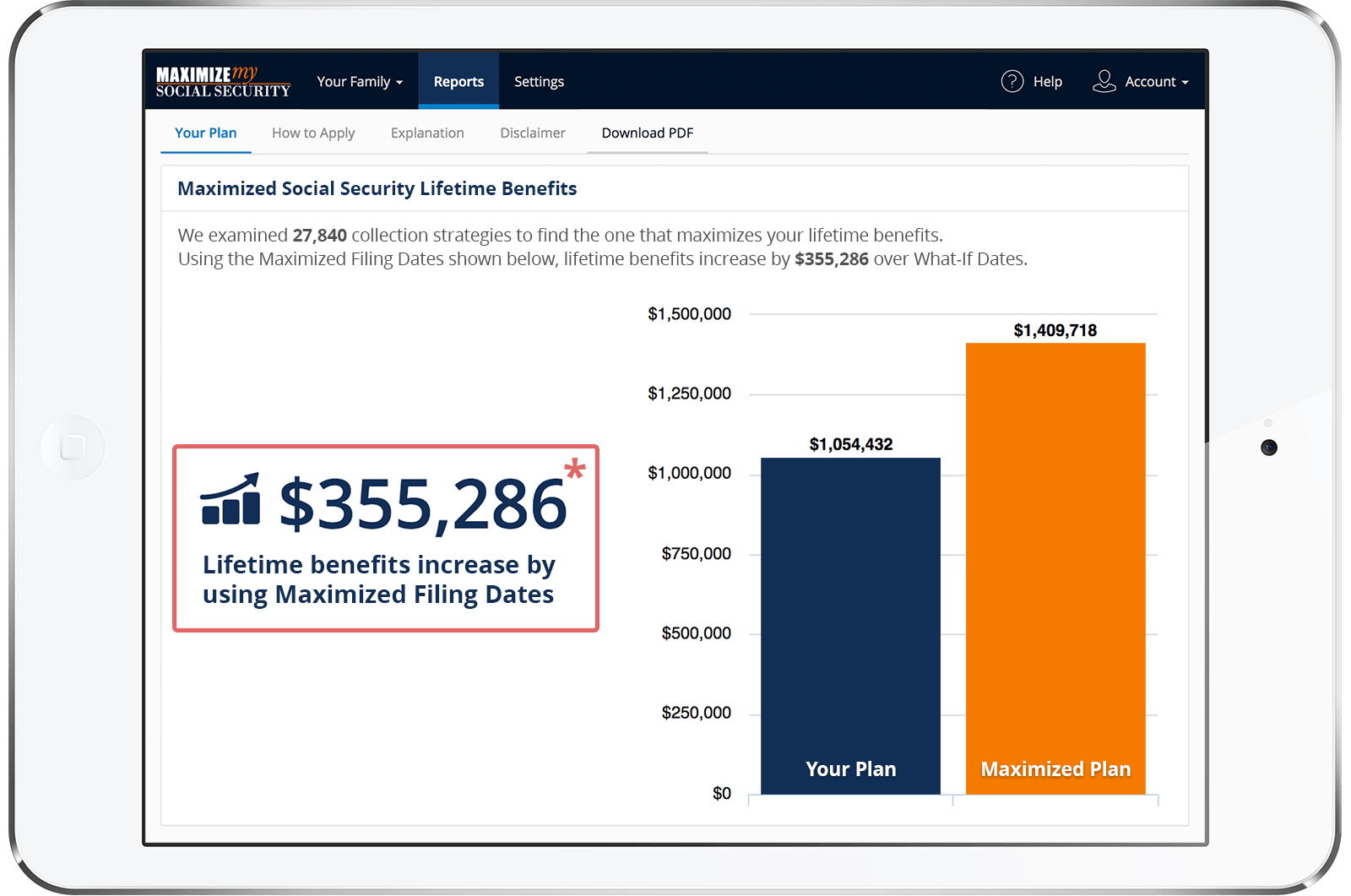I filed for my Retirement benefit two years ago, at age 62. I have one Disabled Adult Child collecting on my record. My Disabled Adult Child is receiving 50% of my Primary Insurance Amount. My husband just filed for a spousal benefit. He is 69 and has been collecting his own Retirement benefit since age 63. We received a determination letter from Social Security, but we think they made a calculation error with respect to the amount of his spousal benefit. How can we figure out what the correct amount of his spousal benefit should be, so that we can speak intelligently about it with someone at Social Security?
Hi. It's not a simple calculation, nor is it easy to explain. One big issue that's almost certainly involved in your husband's case is the family maximum benefit (FMB). To calculate your husband's spousal rate, you'd need to know the FMB, and both your and your husband's primary insurance amounts (PIA).
Before considering the FMB, your husband's basic spousal amount would be calculated by subtracting his PIA from 50% of your PIA. But, that full amount may not be payable in your husband's case due the FMB.
I'll give you an example. Let's say Jane is collecting Social Security retirement benefits with a PIA of $2400. Jane's husband, Bob, applies for spousal benefits after reaching his FRA. Bob PIA is $1000, but he started drawing his own benefits early at a reduced rate of $800. If no FMB was involved, Bob's excess spousal rate would be $200 (i.e. 50% of Jane's PIA minus Bob's PIA). That would then be added to Bob's reduced retirement rate to give him a combined benefit amount of $1000 (i.e. $800 + $200).
However, since Bob and Jane have a disabled adult child (DAC) collecting benefits on Jane's account, the FMB will apply. We'll say for example purposes that the applicable FMB in this case is $4500. To calculate the benefit rates payable to Bob and the disabled child we would first subtract Jane's PIA from the FMB. In this case that leaves $2100 (i.e. $4500 - $2400) potentially available for auxiliary (e.g. spousal, child) benefits. Bob and the disabled child could each be paid up to half of that amount, or $1050. But, Bob's PIA would be subtracted from his share, leaving Bob with a spousal rate of $50. That would then be paid in addition to his own reduced rate of $800 to give him a combined rate of $850.
Since Bob isn't being paid most of his share of the FMB due to the fact that he's also entitled to his own benefits, Bob's share of the FMB could be partially redistributed to allow the DAC to be paid a full 50% of Jane's PIA, or $1200. This rule is explained in the following section of Social Security's operations manual: https://secure.ssa.gov/apps10/poms.nsf/lnx/0300615768.
If your disabled child is at least technically entitled to benefits on your husband's account in addition to yours, then your FMB could be combined with your husband's FMB to potentially allow higher auxiliary benefits (https://secure.ssa.gov/apps10/poms.nsf/lnx/0300615770). I don't know if that's possible in your case or whether it may have already been done, but you may want to check with Social Security to find out.
Best, Jerry
